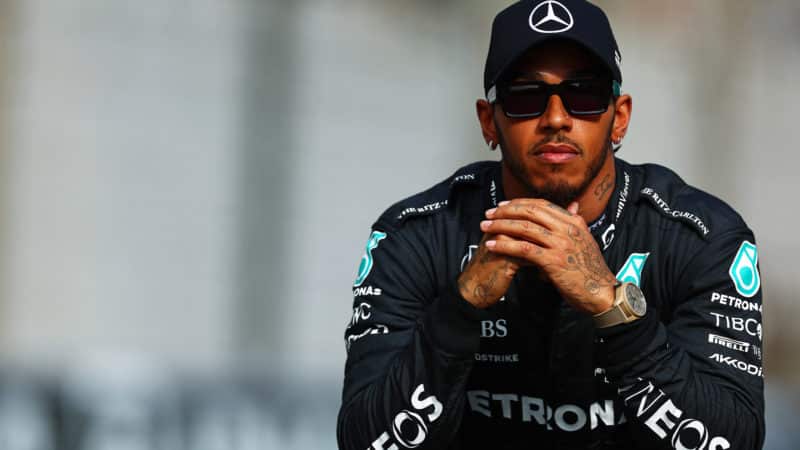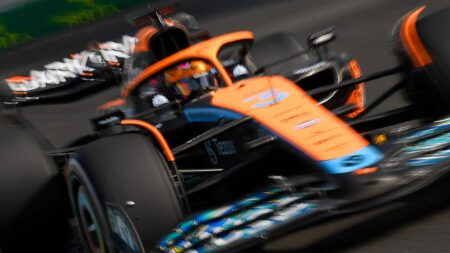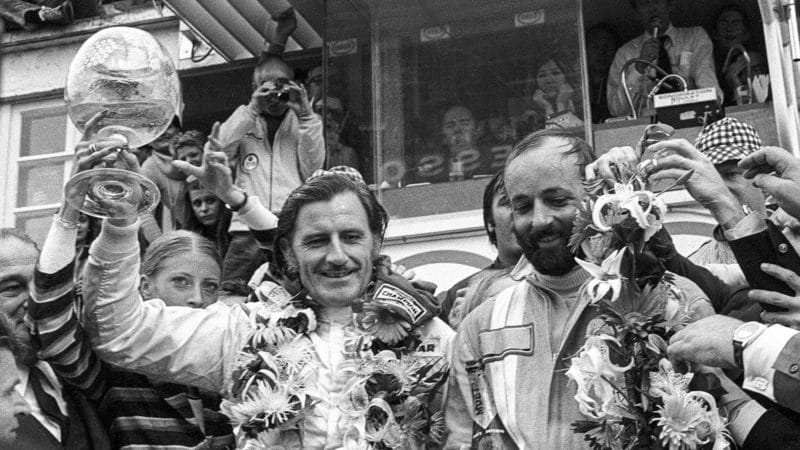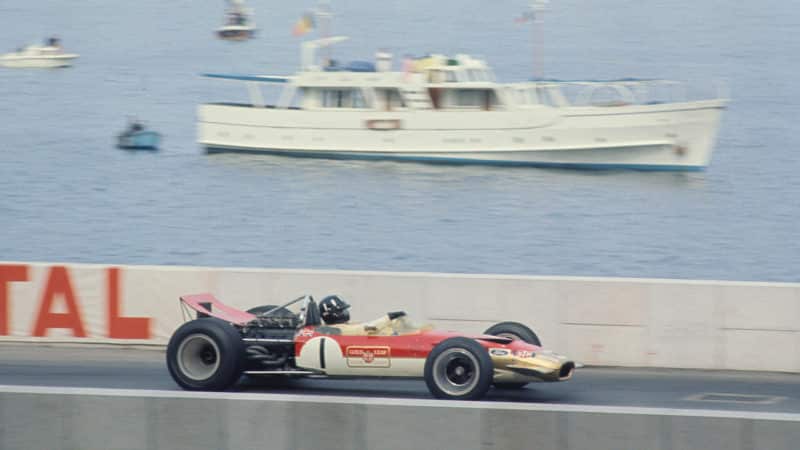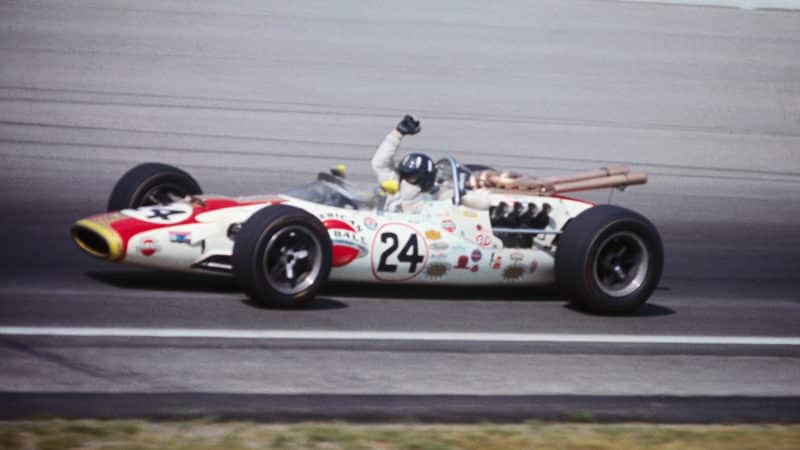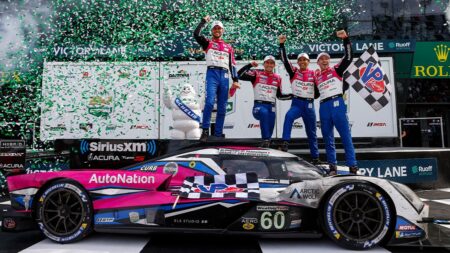In fact, it’s rare to see any of the current 20 grand prix drivers – purportedly among the best in the world – racing outside their series and it’s a loss to us, to racing, and to themselves.
Unlike in many other sports, the athlete is not the only factor in motor racing performance. Drivers have to contend with the car, its performance and reliability. For that reason, adaptability is one of the most crucial skills a driver can have (witness Daniel Ricciardo at McLaren last year).
There’s no better way of demonstrating this skill than winning across the disciplines: demonstrating raw speed and wheel-to-wheel fighting in single seaters; team-work and racecraft in endurance events; as well as precision and reactions in rallying.
We want to see the best drivers challenged and showing their skills in their prime – not just after they retire — by proving themselves in ways even they didn’t think was possible.
We know Lewis Hamilton can F1 world championships and, for his loyal fans, the seven titles leave no question: he is the GOAT.
It’s not so clear-cut for the rest of us though. Outside of F1 and its feeder series, his resume isn’t just short, it’s non-existent.
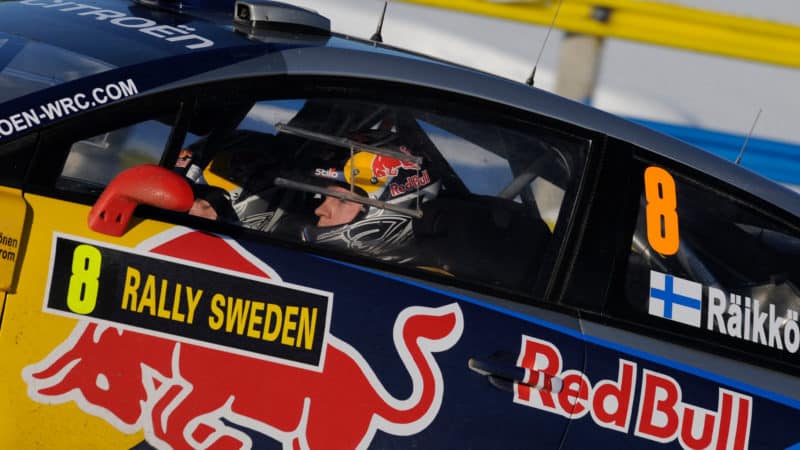
Räikkönen was no slouch in WRC but couldn’t his F1 form to rally wins
Massimo Bettiol/Getty Images
Imagine how much more compelling the argument would be if you had watched him wheel-to-wheel at 200mph down the Mulsanne Straight at Le Mans, racing alongside team-mates in a Hypercar, rounding the banking at the Indy 500 three-wide, or even bouncing over dunes at the wheel of his very own team’s Extreme E car (which wouldn’t be a difficult drive to land).
For Hamilton’s predecessors, variety was a fact of life. Jim Clark was the British Saloon Car champion in 1964, the same year in which he finished third in the Formula 1 title race, started on pole at the Indy 500, and picked up a couple of Formula 2 wins.
Eight years previously, Stirling Moss won his class at Le Mans, finished second in the F1 championship and returned to the Mille Miglia. He’d previously driven the Monte Carlo Rally.
They did it for fun, and of course for money, but mainly because it’s not easy: witness Kimi Räikkonen who had a best finish of ninth in two full WRC seasons.
That’s why winning across disciplines is a true test of the greats, and the Triple Crown — winning the Monaco GP, Le Mans 24 Hours and Indy 500 — holds so much allure.
Only Graham Hill has completed it so far, while Juan Pablo Montoya and Fernando Alonso have been in with a shot (and Alonso appears to have committed only to F1 for now).
